#ghosts and ghostlike phenomena
Explore tagged Tumblr posts
Text

17K notes
·
View notes
Photo
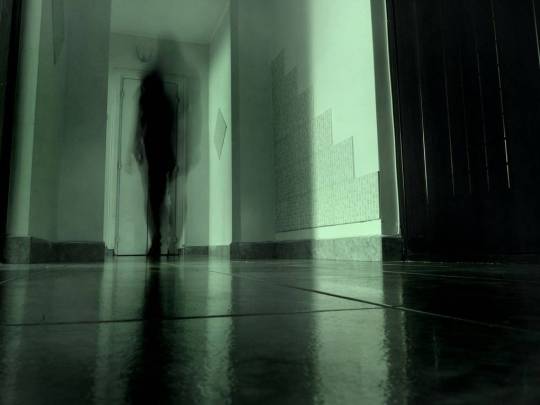
Ever Wake Up and Think You See a Ghost?
It was an ordinary night, but Salma, a 20-year-old student at The American University in Cairo, had a particularly frightening experience. She woke up, unable to move a muscle, and felt as though there were an intruder in her bedroom. She saw what appeared to be a fanged, bloody creature that looked like “something out of a horror movie,” standing beside her bed.
She later explained her experience to researchers who were conducting a survey about sleep paralysis, a common but somewhat unexplained phenomenon in which a person awakens from sleep but feels unable to move. Up to 40 percent of people report experiencing sleep paralysis at some point in their lives, and a few, like Salma, hallucinate shadowy intruders hovering over them.
“Sleep paralysis can be a very frightening experience for some people, and a clear understanding of what actually causes it would have great implications for people who suffer from it,” said Baland Jalal, a neuroscientist at the University of California, San Diego.
Researchers say that sleep paralysis happens when a person awakens during a stage of sleep known as rapid eye movement (REM). People in this stage of sleep are usually dreaming, but their muscles are nearly paralyzed, which might be an evolutionary adaptation that keeps people from acting out their dreams.
It is harder to explain why a subset of people who experience sleep paralysis feel a menacing figure in their room or pressing on their chests.
One possible explanation could be that the hallucination is the brain’s way of clearing out confusion, when there’s a disturbance in the brain region that holds a neural map of the body or the “self,” according to a recent article that Jalal and his colleague Vilayanur Ramachandran, of UC San Diego, published in the journal Medical Hypotheses.
“Perhaps, in part of the brain, there’s a genetically hardwired image of the body — a template,” Jalal told Live Science. Previous studies have suggested that such a region may be a part of the parietal lobes, which are situated in the top-middle part of the brain.
It is possible that during sleep paralysis, the parietal lobes monitor the neurons in the brain that are firing commands to move, but aren’t detecting any actual movement in the limbs, which are temporarily paralyzed. This may lead to a disturbance in how the brain builds a sense of the body image, Jalal said. The appearance of a bedroom intruder could result when the brain tries to projectthe person’s own body image onto a hallucinated figure, he said.
This idea, though intriguing, would be very difficult to test, Jalal said. One way to gather evidence showing whether this is what is happening inside the brain during sleep paralysis would be to test people who have different body images. For example, if this idea is true, people who are missing a limb might hallucinate figures who are missing the same limb, Jalal said. Still, people with such different body images are likely a small subset of the population, and it would be difficult to conduct such an experiment, he said.
What’s so frightening about sleep paralysis?
It’s also possible that people’s differing experiences of sleep paralysis are due to differences in their cultural beliefs. Previous research has suggested that certain ideas found in people’s cultures could shape how they experience certain phenomena, Jalal said.
For example, in a 2013 study published in the journal Cultural, Medicine, and Psychiatry, Jalal and his colleague Devon Hinton, of Harvard Medical School, looked at the rates of sleep paralysis, and the amount of stress that people felt because of the episodes, among people of two different societies: Egypt and Denmark. They found that, compared to study participants in Denmark, the Egyptians experienced sleep paralysis more frequently, and had more prolonged episodes that were accompanied with a greater fear of dying from the experience.
“These are two very different cultures; Egypt is very religious, whereas Denmark is one of the most atheist countries in the world,” Jalal said.
Most of the Danish participants said they thought sleep paralysis was caused by physiological factors, brain malfunctioning or sleeping the wrong way, whereas the Egyptians were more likely to believe that sleep paralysis is caused by the supernatural.
In another survey, about half of the Egyptian participants from that study said they thought their sleep paralysis was inflicted by a jinn, a ghostlike, menacing creature from Islamic mythology, according to the study, published in the journal Transcultural Psychiatry in 2014.
Jalal and his colleagues concluded that people with such supernatural beliefs tend to experience more fear during sleep paralysis, as well as longer episodes of it. It is even possible that the fear actually contributes to an increase in the person’s severe episodes of sleep paralysis, and vice versa, Jalal said.
“If you have fear, the activation in fear centers in the brain might mean more likelihood of fully awaking during sleep paralysis, and experiencing the whole thing,” Jalal said. “And by experiencing it, you would have more fear — and then, you have all these cultural ideas of what it is added as well, and now you are even more scared of it.”
Jalal said he thinks finding a scientific explanation for sleep paralysis could help people who have particularly frightening and stressful episodes because they’ve culturally learned to attribute it to supernatural beings.
11 notes
·
View notes
Note
63 & 114 🖤🖤
63: Do I believe in ghosts? How about aliens?
I don’t really believe in ghosts in the “traditional” sense that there are like, spirits caught between worlds or whatever. I do think it’s possible there are natural phenomena that could cause ghostlike experiences that we then interpret as supernatural because we don’t yet understand them. (does this mean i never get 100% freaked out by reading the scary “true” ghost stories feature jezebel runs every halloween? absolutely not!!)
I think that given the universe is, you know, infinite, there is alien life out there. I don’t believe we’ve made contact with aliens. I don’t think we should make contact with aliens. *eyes emoji*
114: Been to prom?
yep, i went to prom! it was a lot of fun. my friend just texted me a few weeks ago to inform me that his dad ran into my (platonic) prom date at a work event and he is “an up and coming army physicist” whatever that means lol
2 notes
·
View notes
Text
Is there a gothic photography?
‘Gothic’ is a term given to a specific genre of literature that was around between the 18th and 20th century. Gothic literature can be recognised by its themes and motifs which include fascination with death, the grotesque and the supernatural; ruins and dark, secret passages; repressed fears and desires; and twinning, doubling and doppelgängers.
The first wave of gothic literature was 1765-1820, the first gothic novel being ‘The Castle of Otranto’ by Horace Walpole. Only ten years later photography was invented, by Louis Daguerre in France (the Daguerreotype) and Henry Fox Talbot in England (invented the salted paper and calotype processes). In Britain in the 1700 and 1800’s there was a fascination with science, which could be seen as a backlash against religion and the authority the Church had over the state. During the latter end of this period, experiments were done on dead bodies to see if a current of electricity could bring someone back to life (which inspired Mary Shelley to write her gothic novel ‘Frankenstein’) and it was phenomena like this that captured society’s interest. The neurologist Duchenne De Boulogne, born in 1806, put electrodes on a brain-damage victims face to stimulate the muscles which was recorded in extraordinary photos.
Throughout the Victorian period there was a continued interest in Gothic ideas and motifs which reflected some parts of society’s growing interest in the supernatural and alternatives to traditional Christian beliefs. Ghost photography came about in the 1850’s accidentally when photographers such as Roger Fenton, observed that when sitters moved during the long exposures they became blurry and ghost-like. From the late 1850s onwards, ghost photographs were sold commercially, usually as stereocards. They were produced solely as novelties and amusements and no attempt was made to present them as genuine ghost photographs.
Contrastingly, ‘spirit’ photographers claimed that they were capturing an image of a deceased person with the help of a medium who was in contact with “the other side”. There was much controversy around these photos, with people arguing whether they were genuine or not. Supporters included Sir Arthur Conan Doyle, who was a great believer in the Cottingley fairy photos.
Although the term Gothic is given to literature from between the 18th and 20th century, it can still be applied to modern literature which has gothic content. For example, Angela Carter’s ‘The Bloody Chamber’, published in 1979. Carter uses settings such as castles, graveyards, dark forests, and writes of scary, supernatural villains threatening young, virgin girls. “Though Carter disliked the term being applied to her work, the Gothic tradition is clearly visible in this collection of stories.” www.yorknotes.com. Similarly to literature, I believe some photographers from the 20th century could be placed within the gothic genre. The master of gothic photography would be Joel Peter Witkin. “His work often deals with such themes as death, corpses (and sometimes dismembered portions thereof), and various outsiders such as dwarves, transsexuals, intersex persons, and physically deformed people” www.wikipedia.org. Witkin produced most of his work in Mexico, where he could legally get away with such a thing, and worked out a deal with the local hospital that let him pick up anonymous unclaimed body pieces to use in his artwork. Witkin does not make any reference to the Gothic himself, nor do art historians writing about his work, however, after researching him and being one of the main inspirations for my ‘nightmare’ module, I can find many reasons to place his work within a newly defined Gothic genre. In Witkin’s still lives there are visual themes such as abundance, exaggeration, plentifulness and of course, the macabre. He photographs societies ‘outcasts’. Witkin's practice of stitching together body parts (even making his own hermaphrodites) is a core motif of Gothic literature (Frankenstein’s creature).
Inspired by Witkin, I set up my own gothic still life. I tried to emulate the theme of abundance by using a lot of wine bottles. Hundreds of years ago wine would have been a sign of wealth and fortune. I used dolly heads, in place of Witkin’s real heads, although I wanted to keep the theme of real flesh in my photos and compensated for this with the plate of raw meat. I cropped the picture so that there was as little negative space as possible, to give the photo a feeling of fullness. In Photoshop I brought out the greens in the background, to give the photo a connection to the greens of nature and forests, and brought out the blacks in the photo to emphasize the shadows and dark places, which is a common theme of the gothic.
Another photographer working in the 20th century whose work I believe belongs in a Gothic genre, is Diane Arbus, best known for her portraits of people who live on the margins of society. Having studied and responded to her work in a previous module, I have come to conclude that her work should also be defined as gothic. Her work includes imagery of twins, which gothic writers were very interested in and similarly to Witkin, her portfolio consists largely of photographs of transvestites, dwarfs, and many other ‘outcasts’ of society. The theme of ‘other’ is very present in classic gothic novels, for instance Frankenstein’s Creature, in Mary Shelley’s novel, is an outsider. He occupies a liminal space in which he belongs neither to one species nor the other. The ‘other’ in Angela Carters ‘The Bloody Chamber’ is also a strong theme. Characters occupy liminal spaces and are between states (for instance the werewolf who is neither human nor wolf) and in being so are rejected by society. Arbus also took a collection of people in masks. This relates huge to the gothic, as masks conceal ones identity and therefore creates mystery and often have a sinister undertone.
In my most recent photoshoot I wanted to bring together all the aspects from previous nightmare shoots I had done, as a culmination of the gothic. I first used the ‘bulb’ shutter setting, which enables you to manually keep the shutter open as long as you need, and used a torch to paint with light. I tried various staged scenarios in which I asked one of my two subjects to stay still, whist the other moved, creating a blurry, ghostlike presence in the long shutter speed. I also tried some very physical photos in which i asked one of my subjects to ‘strangle’ or man handle the other one. The camera shake and the lighting of the torch in the dark woods gave these photos a very sinister feel as though one had just stumbled across. I then tried just using the moon for my lighting, which gave the photos a very eery feel. The moon, especially full moon, is a common motif in the gothic genre. I feel these two photos are the most gothic I managed to achieve, and am most happy with. In the top photo, the low camera angle gives a sense of oppression, and your eye is drawn to the white slither of moon we can see behind the trees. In the bottom photo, it takes a while for the eye to adjust and notice there is a figure in frame. Apart from the light on her forehead, she blends into the trees and becomes an ominous presence.
There are a lot of genres defined for photography, but not a ‘Gothic’ genre. When searching “gothic photography” in Google, amateur and ‘cheesy’ goth photographs come up, however nothing I would actually consider gothic in a literary sense. I believe the Gothic is a valid and important genre definition for the art form, with plenty of work by inspirational photographers to fill it.
Words: 1349
Bibliography www.wikipedia.co.uk www.yorknotes.com http://www.americansuburbx.com/2009/10/theory-untitled-by-diane-arbus-review.html http://beautifuldecay.com/2013/11/04/diane-arbus-photographing-freaks-costumes-wear-year-round/ http://www.prairieghosts.com/ph_history.html http://www.prairieghosts.com/ph_history.html http://www.artnet.com/artists/joel-peter-witkin/
0 notes
Text

6K notes
·
View notes
Text
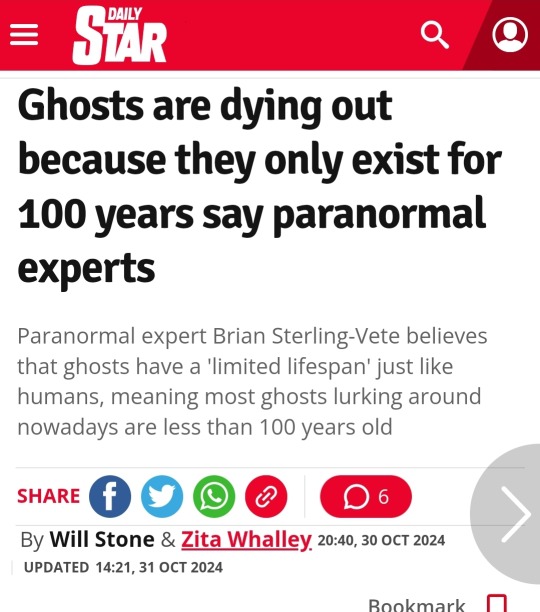
222 notes
·
View notes
Text

191 notes
·
View notes
Text

65 notes
·
View notes
Text
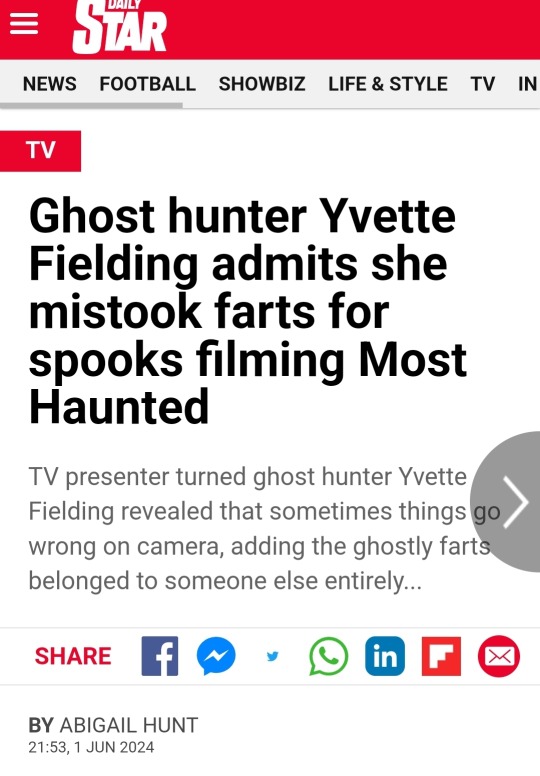
25 notes
·
View notes
Text
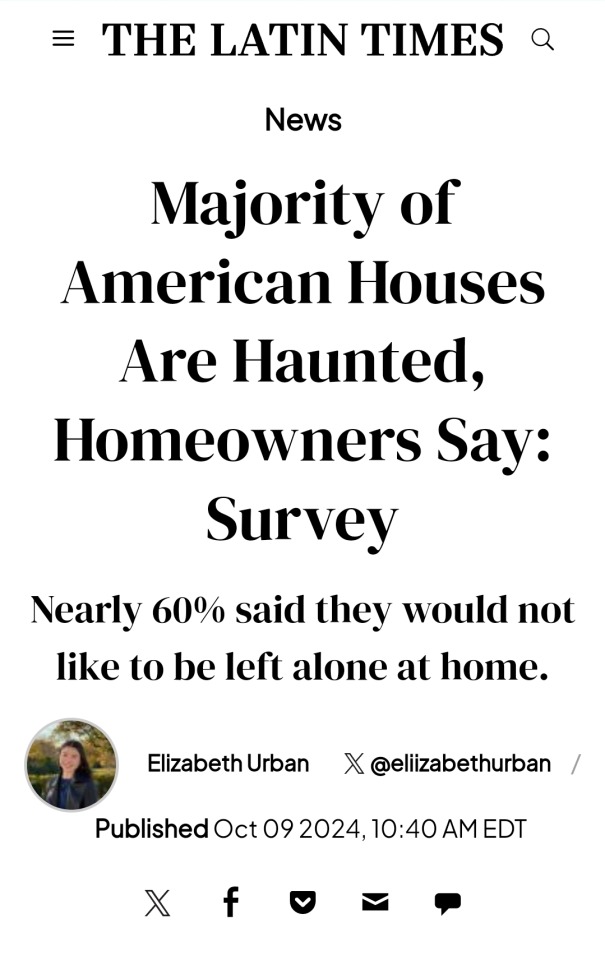
39 notes
·
View notes
Text

40 notes
·
View notes
Note
Does ghosts is yes?
Ghosts indeed is yes
20 notes
·
View notes
Text
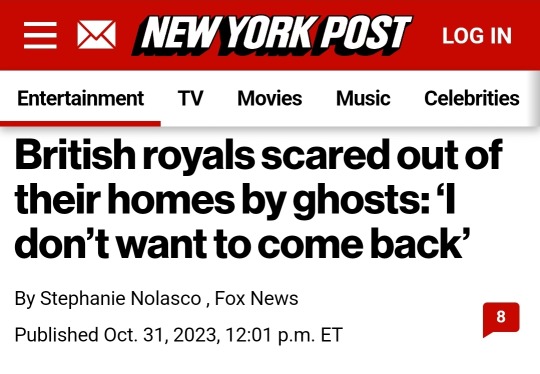
25 notes
·
View notes
Text

18 notes
·
View notes
Text
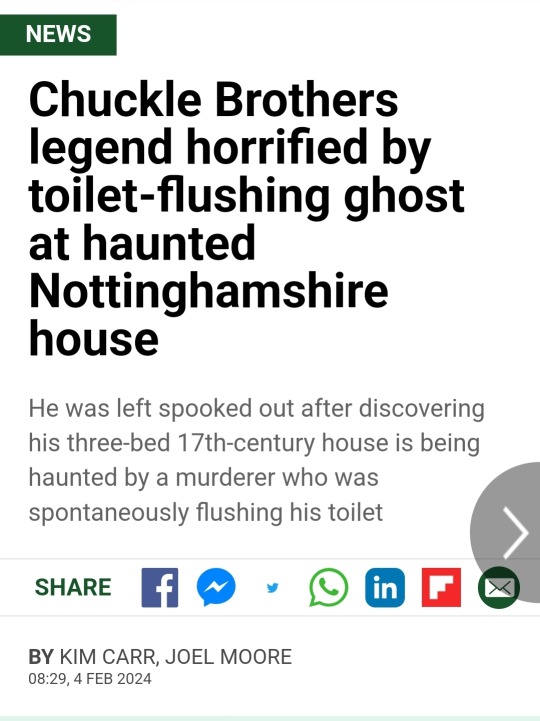
20 notes
·
View notes
Text

17 notes
·
View notes